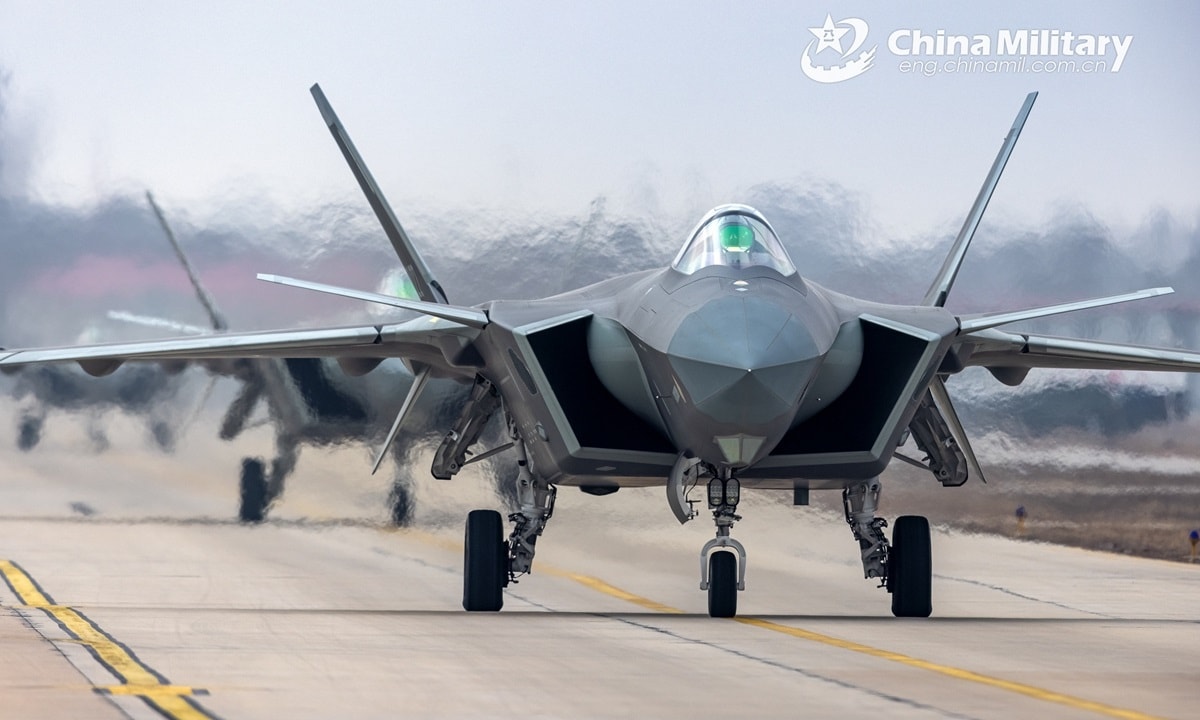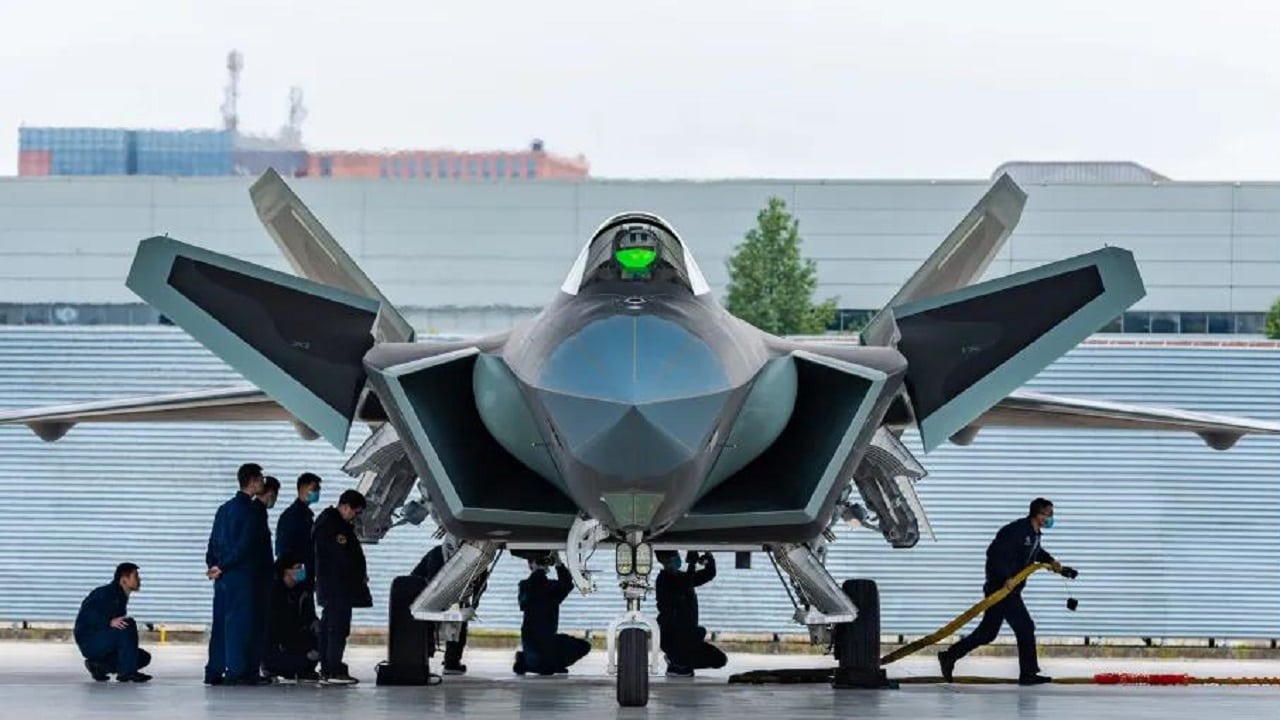China’s newish J-20 stealth fighter has been making headlines for over a decade now. However, how good is compared to America’s F-22 or F-35? China’s J-20 fighter is getting a boost – a new pep in its step – if the Chinese can be believed. The J-20 Mighty Dragon is reportedly receiving new engines. This should help with its dogfighting ability, according to the country’s air force. The WS-15 dual turbofan engines are supposed to improve the J-20’s performance in a potential showdown with the F-35 or F-22.
Swap the Russian Engines Out
The WS-15 turbofan engines will slowly replace Russian propulsion models. The WS-15 has already been tested extensively, according to a state-run Chinese television news program as reported by The South China Morning Post on March 15.
Are They Over-confident?
But the Chinese may be jumping the gun in their enthusiasm for the new engines.
Zhou Chenming, an analyst from the Yuan Wang military think tank in Beijing, said the American XA100 engine (GE’s adaptive cycling engine for the F-35) was still about ten years ahead of the WS-15 in terms of technology, according to the report from SCMP.
“China has so far just matched the American engines in some areas, but not in overall performance. It’s also not meaningful to emphasize one area because military confrontation is about a competition of systems and a contest of joint operational capabilities,” Zhou said. “The Americans still rule the sky in the Asia-Pacific because it’s not China’s intention to challenge US air superiority [in the region],” he added.
Here’s More About the J-20
The Chengdu J-20 is a single-seat, twin-engine fighter with some stealth capabilities. The airplane features an internal weapons bay for lower observability. The sensor and avionics have been upgraded. Electronic warfare will be improved compared to other Chinese fighters. The new electronically-scanned array radar should help with targeting. The J-20 is known as a heavy fighter and that’s likely why the Chinese pushed for new engines. This propulsion system should boost it faster than its earlier speed estimation of 1,600 miles per hour, even though it is not believed to be superior to the Pratt & Whitney F119 engine for the F-22.
Could It Improve Stealth Characteristics?
It will be interesting to see if the new engines will reduce the high level of exhaust of the Russian models. This weak point is one reason the J-20 has been seen as less stealthy than the F-22 and F-35.
With the new domestically-built engines, the Chinese are showing they have more confidence in their indigenous military industrial complex. They want to get defense production localized to improve integration with new components and avoid dependence on the Russians whose defense industry is smarting from Western sanctions.
The J-20 Playing Important Role in Air Force Operations
The J-20 will be important for homeland defense, projecting power in disputed island chains, and patrolling the Taiwan Strait. The new engine is one way the Chinese are paving the way for air force modernization and regional dominance.

J-20 fighter. Image Credit: Chinese military.
China Always Seems to Have a Plan
Beijing military planners seem to be aware of their weak points – whether these are fighter engines, carrier landings, or night-flying. Their pilots may not have combat experience compared to their American counterparts, but they are constantly trying to improve. One can say the same for the construction of their warplanes.
Now serving as 1945’s Defense and National Security Editor, Brent M. Eastwood, PhD, is the author of Humans, Machines, and Data: Future Trends in Warfare. He is an Emerging Threats expert and former U.S. Army Infantry officer. You can follow him on Twitter @BMEastwood.

